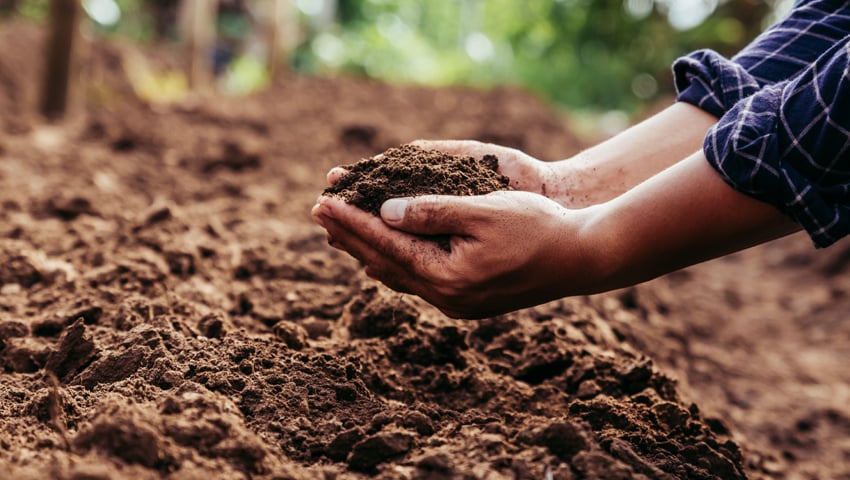With the continuing rise of atmospheric carbon dioxide, there is a growing urgency to find strategies for capturing and holding carbon.
Researchers from Kansas State University (KSU) are exploring how different farming practices can affect the amount of carbon that gets stored in soil.
Using the Canadian Light Source (CLS) at the University of Saskatchewan (USask) and the Advanced Light Source in Berkeley, California, they analysed soil from a cornfield in Kansas that had been farmed with no tilling for the past 22 years. During that time, the farm used a variety of different soil nitrogen management practices, including no fertiliser, chemical fertiliser, and manure/compost fertiliser.
Dr. Ganga Hettiarachchi, professor of soil and environmental chemistry at KSU, said, “We were trying to understand what the mechanisms are behind increasing soil carbon storage using certain management practices. We were looking at not just soil carbon, but other soil minerals that are going to help store carbon.”
As has been shown in other studies, the KSU researchers found that the soil enhanced (treated) with manure or compost fertiliser stored more carbon than soil that received either chemical fertiliser or no fertiliser.
More excitingly though the ultrabright synchrotron light enabled researchers to see how the carbon gets stored: they found that it was preserved in pores and some carbon had attached itself to minerals in the soil.
The team also found that the soil treated with manure or compost contained more microbial carbon, an indication that these enhancements support more microorganisms and their activities in the soil.
In addition, they identified special minerals in the soil, evidence that showed that the treatments contribute to active chemical and biological processes.
Hettiarachchi said, “To my knowledge, this is the first direct evidence of mechanisms through which organic enhancements improve soil health, microbial diversity, and carbon sequestration.”
Because synchrotron imaging is non-destructive, the KSU researchers were able to observe what was going on in soil aggregate without having to break up the soil; essentially, they were looking at the carbon chemistry in its natural state.
Hettiarachchi said, “Collectively, studies like this are going to help us to move forward to more sustainable, more regenerative agriculture practices that will protect our soils and environment as well as help feed growing populations. As well, understanding the role of the different minerals, chemicals, and microbes involved will help improve models for predicting how different farming practices affect soil carbon storage.”
